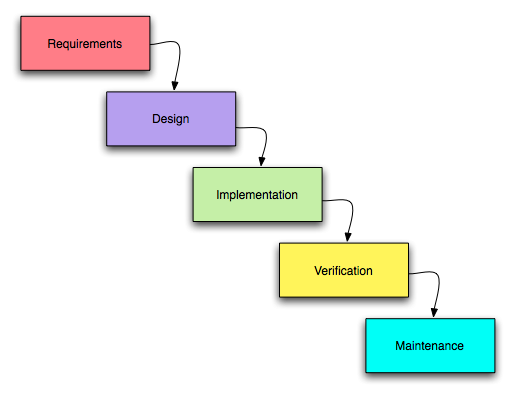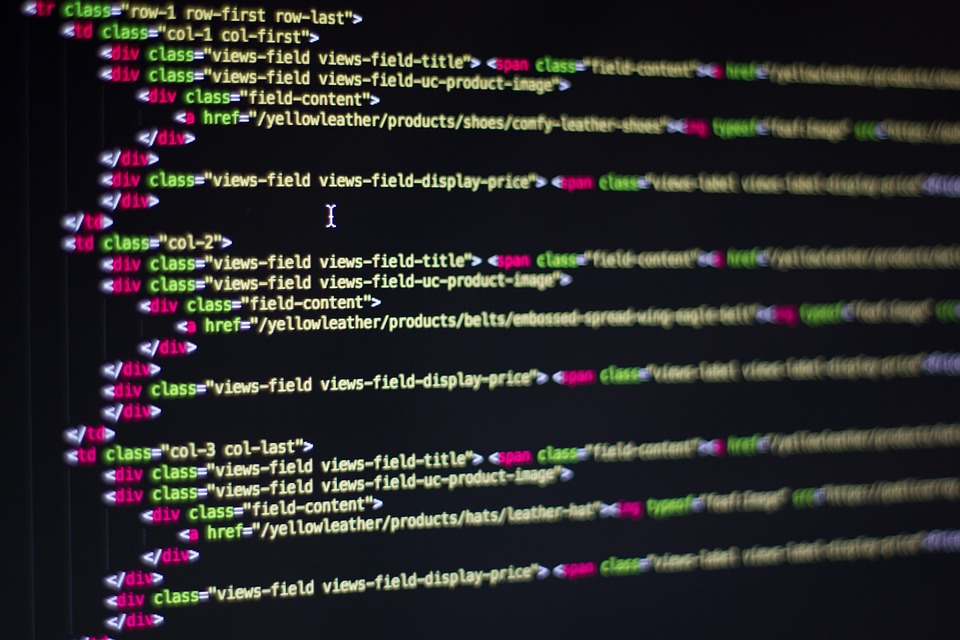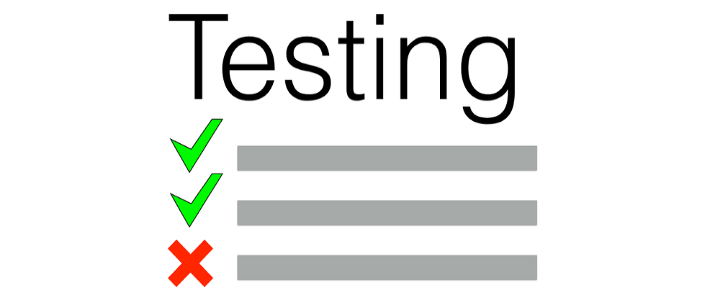
The waterfall model is considered the most traditional software development method. Also known as the linear-sequential life cycle model, this SDLC methodology remains a useful approach for projects with fixed and clear requirements. In this blog, you’ll learn about waterfall SDLC pros and cons as well as its best use cases.
It’s a useful model when you don’t want to be involved in the development process. Simply provide your requirements, and we’ll deliver the finished software product, along with maintenance support. The best part is, with this model, we can determine your cost estimates before the project begins.
Symphony Software works with this model on projects that have to be completed to a predefined quality against a deadline at a given cost.
Here’s how we do it:
Different Stages of SDLC Waterfall Model
Your project goes through all phases of the waterfall model. Deliverables from one phase feed to the next stage. So, we can’t move on to the next stage before the previous one has been completed.
Stage 1: Requirement Analysis
Our team captures all your requirements. We brainstorm and analyze these requirements to ensure that the project is testable and feasible or not. Outcomes of the analysis phase should be the requirements understanding document (RUD).
Stage 2: System Design
Senior project members and architects create the design and figure out the hardware/software requirements. Finally, our team documents the entire design for the project. The architect creates a high-level design document (HLD) and a low-level design document (LLD) for the next phase.
Stage 3: Implementation (Coding Phase)

As per HLD and LLD documents, programmers write the software code making sure that all requirements are laid out. At this stage, testers perform unit testing of the code. Deliverables include coded programs and unit test cases with results.
Stage 4: System Testing

In this phase, our testing team tests the software to confirm if the system meets all specifications provided by the client. Testers identify and report issues and bugs within the application.
Stage 5: Software Deployment
We make sure that everything is ready, and then, we deploy the prepared system into the respective environment. The client receives the final product and ensures that it fulfills all requirements laid out in the beginning. This stage results in a user manual for the client.
Stage 6: Maintenance
If clients face any bug or defect using the software, we fix all issues and deploy the updated code in the respective environment. We can always enhance the application to incorporate new features so that the system can scale with your growing business.
Waterfall SDLC Pros and Cons
Advantages of the waterfall model are:
- Technical documentation in the initial phase makes it easy to understand requirements even for new developers.
- It’s easy to monitor the progress because everything is clear in the beginning.
- No financial surprises because we can estimate costs in the beginning.
- You get what you need.
- Well-documented results and user manual
Disadvantages of the waterfall model are:
- Longer delivery time
- Not suitable for products with changing requirements
- Not suitable for long, ongoing projects
- Planning risk mitigation can be difficult because it’s difficult to identify risks in the earlier phase.
When to use the Waterfall Model?
The waterfall model for software engineering is useful when:
- The client’s requirements are clear and stable.
- The application is simple and small.
- There are fix requirements for resources, tools, and technologies.
- All resources are available.
- The project has a specific timeframe.
While most people are moving towards Agile SDLC model and the DevOps framework, the waterfall framework is still suitable for small and simple projects. It can yield the best results for projects with limited budgets.
If you think that the waterfall model can fit your project, call us at info@symphony-software.com or 414-218-4644. We’ll discuss your project and make it a success together.
